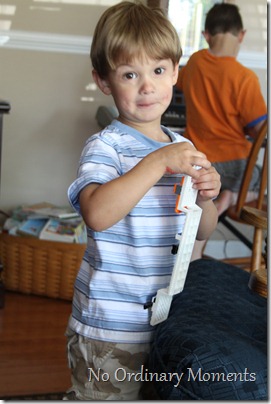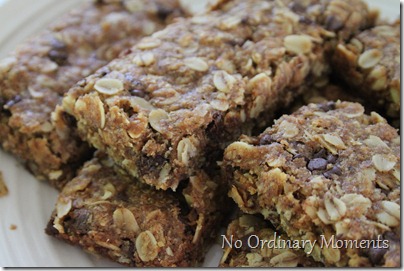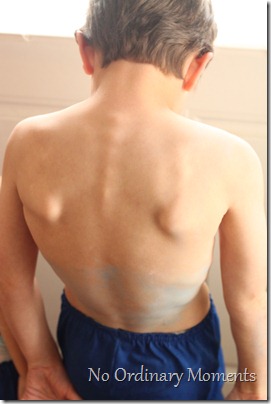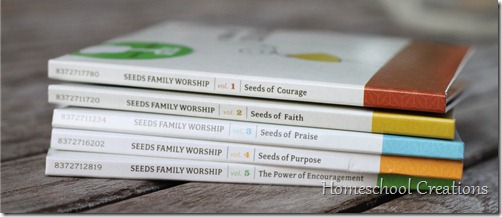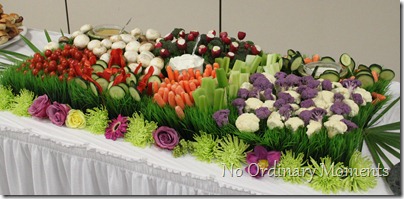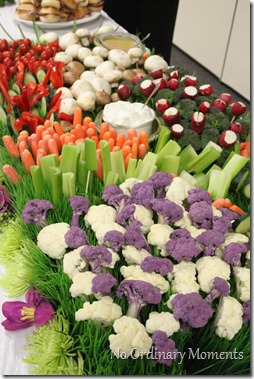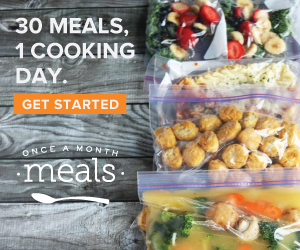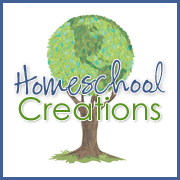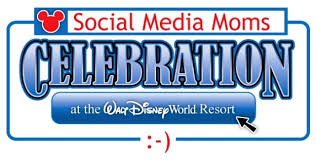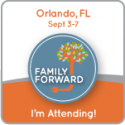This post may contain affiliate or advertiser links. Read my full disclosure policy here.
A few years ago a stack of cookbooks showed up under the Christmas tree for me courtesy of my husband. At the time, I was super thrilled they were a gift…although I was happy to get my hands on them. There was, however, one book missing that I REALLY wanted to use ~ An Introduction to Whole Grain Baking.
Over the last three years we’ve slowly {but surely} been changing things in our diet and using whole grains in just about everything that we make. Bread was the first step and little by little we’ve replaced enriched products {rice, sugars, etc…} with a healthier counterpart. Much of the information that I’ve gathered and based our decisions on has been because of Sue Gregg’s Cookbooks. Her cookbooks contain
“…over 800 recipes using wholesome ingredients as whole grains instead of refined flour, honey instead of white sugar, olive oil, coconut oil, and butter instead of hydrogenated fats along with fresh wholesome fruits and vegetables… Tested, tasty, appetite appealing whole foods recipes with allergy alternatives are her specialty. These recipes will help you ease your family into healthier whole foods fare.”
~ from SueGregg.com

An Introduction to Whole Grain Baking introduces the two-stage process ~ a process of soaking, sprouting, or fermenting grains before baking that helps release more nutrients so that our bodies can better absorb them. It helps reduce sensitivity to certain grains, food digest better, and overall makes for healthier cooking.
In addition to providing help on the two-stage process, Sue also gives detailed comparisons on products that we use in cooking along with their benefits and other health information: fats, whole grains, and sweeteners along with allergy alternatives and MANY wonderful recipes for quick breads and yeast breads. The book also includes a powerpoint CD with 30 step-by-step demonstrations of recipes and is the main book for Baking With Whole Grains, a course for high school homeschoolers.
Here’s a peek at the some of the topics covered in An Introduction to Whole Grain Baking:
~ Should We Eat Grains?
~ Quick Shopping Guide for Quality Ingredients
~ Equipment Check List
~ Understanding the Two-Stage Process
~ Evaluating the Importance of the Two-Stage Process
~ Liquids for Baking
Coconut Milk for Baking
Almond Milk for Baking
~ Eggs
~ Whole Grains
~ Fats
Butter
Coconut Oil
Olive Oil
What about Canola Oil?
~ Sweeteners
Honey
Sucanat
What Happened to Crystalline Fructose?
What About Xylitol?
~ Leavenings
Homemade Baking Powders
~ Spices & Flavorings
~ Salt
~ Nuts & Seeds
~ The Wonder of Flax Seeds
Flaxseed Egg Alternative
~ Allergy Alternatives
~ Measuring Techniques
~ Accuracy, Convenience & Safety Habits for Recipe Preparation
~ Getting Started Bibliography
We use numerous recipes from Sue Gregg’s Cookbooks, including a variation of the Blender Batter Pancakes as well as the Parmesan Chicken {from another cookbook}. You can view both of those recipes on Sue’s website where she offers sample recipes as part of Whole Food Cooking Lessons. You can also get a peek at the book with a 46-page excerpt of An Introduction to Whole Grain Baking {$23.00} by clicking here.
Overall, Sue Gregg’s Cookbooks have been a wealth of information for our family {mainly the head cook, really} and have helped in our transition to olive oil and coconut oil, whole grains, using kefir, and discovering alternative grains and seeds to use when cooking. Be sure to check out Sue’s story on how the cookbooks came to be.
Click on the Homeschool Crew banner to read other reviews about this and other products from Sue Gregg Cookbooks.

This product was given to me for review purposes, and I do not have to return the product to the vendor. I was not paid for this post. All opinions expressed in this post are mine.




